I put an Amazon link below to Jon's book if you're interested in picking it up.
(To help me supplement my professional blogger income, I'm now an Affiliate for Amazon. If you buy the book after using the link below, I get a little - super little - piece of the action. Every "little" bit helps.)
Here's one from the book I've already used, with a little addition from me:
Have everyone randomly select a card without looking at the face value. Then, break into pairs (I, Chris, always ask my participants to raise up a hand, look for someone else doing the same thing, and get together.)
The goal is to discover which card they are holding by asking each other ONLY five "yes" or "no" questions. It's perfectly okay to ask more if needed, but the challenge is getting it in five questions or less.
Having multiple rounds will allow people (pairs) to begin strategizing. (Excerpted from the book.)
Here's the way I've used this one:
After giving everyone a card - asking them not to look at the face - I hold the remainder of the deck in my right hand, face down, and call it the draw pile. The same goal - discover the "rank" of the card you are holding (that's the number, letter or face card - no need to guess the suit), without looking at it. The additional goal: As a group, discover the rank of as many cards as possible in 3 minutes.
"When the activity starts, hold your card out in front of you, mingle around and ask other players questions that can ONLY be answered with a "yes" or "no". After you ask a question of someone, and get your answer, you must go off to ask someone else a question. You can always return to someone you've questioned before, you just can't ask more than one question at a time.
Once you have discovered the rank of your card, find me (the facilitator) and place your card, FACE UP in my left hand - my left hand holds the discard pile - and then take a new card from the draw pile in my right hand - don't look at the face. Then, get back out there to ask more questions. (Discovery - participants get some good cardio when doing this.)
The activity begins when I say, "GO" - time starts - and ends when I say, "FREEZE" - when time stops."
As Jon notes, multiple rounds will allow participants to develop strategies. (Discovery - I set the countdown timer on my phone to "BUZZZZZZ" after three minutes and had to put the phone in my pocket since my hands ended up being full of cards.)
Thanks for the inspiration Jon - GOOD STUFF!
HERE'S a link to Jon's book if you want to add it to your library.
(I was a guest on Jon's Card Talk - Team Building FUN with Cards. You'll see in the video (Episode 5), we added some Cups to Card Throwing. Check it out!
Have FUN out there!
Chris Cavert, Ed.D.

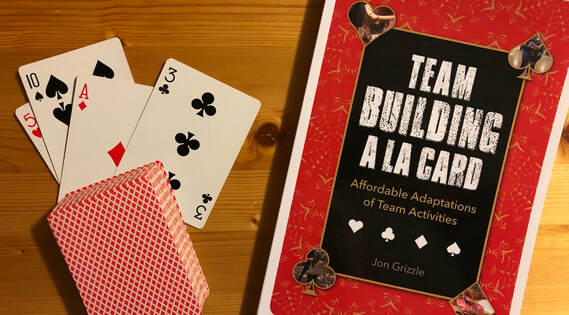
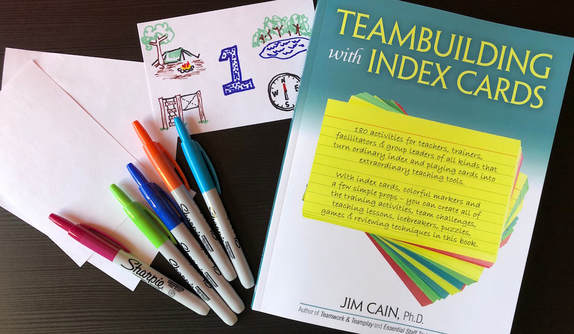
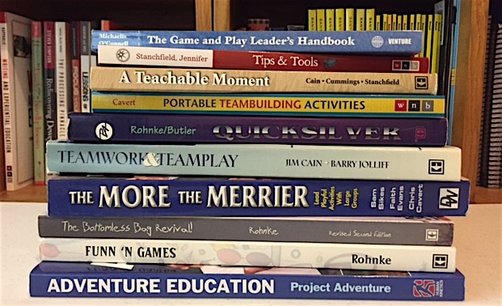
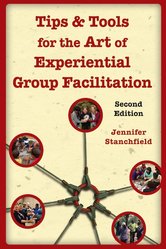
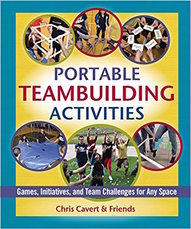
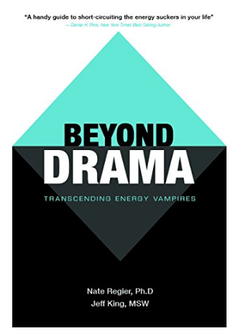
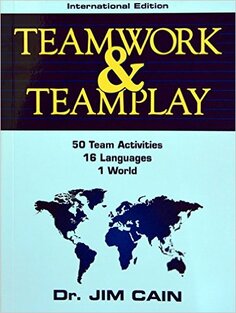
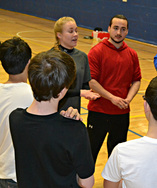
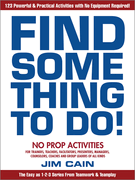
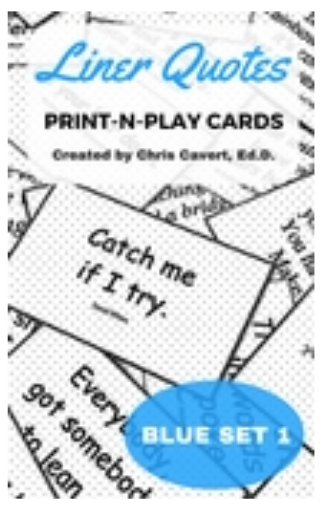
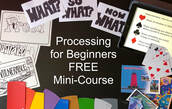

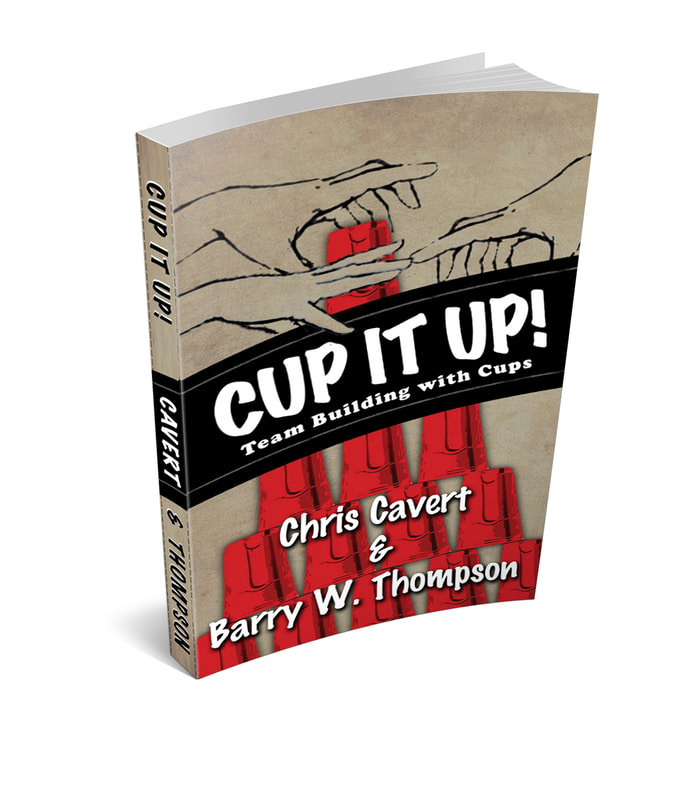
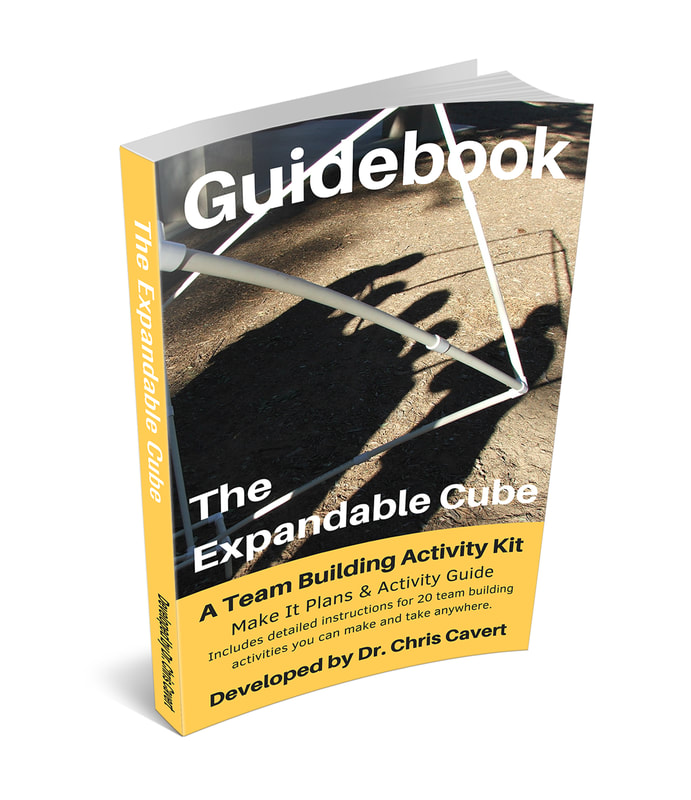
 RSS Feed
RSS Feed